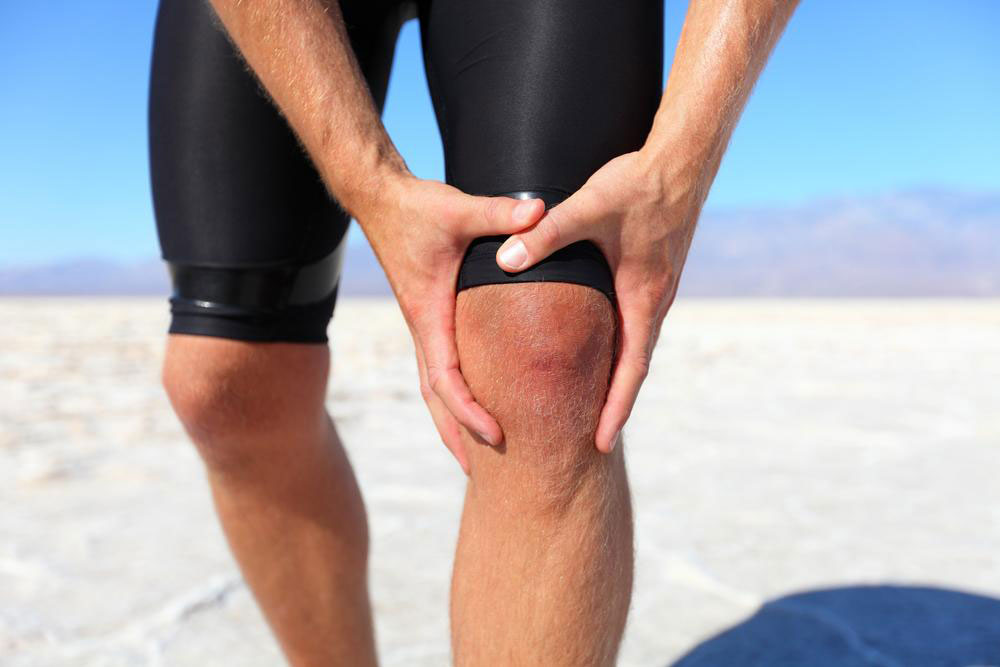Comprehensive Guide to Tendonitis: Causes, Symptoms, Stages, and Effective Treatment Options
This comprehensive guide explores tendonitis, covering its causes, symptoms, stages, and treatment options. Early diagnosis and proper management are essential to prevent complications like tendon rupture. The article emphasizes conservative treatments such as rest, physical therapy, and supportive devices, while also discussing surgical options for severe cases. Understanding tendonitis helps individuals seek timely care, ensuring effective recovery and maintaining joint health.

Tendonitis is a common musculoskeletal condition characterized by inflammation of the tendons—the fibrous cords that connect muscles to bones. This condition frequently occurs in joints such as the shoulders, elbows, wrists, knees, and heels. Recognizing the symptoms early and pursuing appropriate treatment are crucial to prevent the progression of the disease, which might lead to severe complications like tendon rupture requiring surgical intervention. Tendonitis can significantly impair daily functioning and diminish quality of life if left untreated.
Understanding the Causes of Tendonitis
Tendonitis primarily results from repetitive stress or overuse of tendons. People engaged in physical activities that involve repetitive motions—such as athletes, manual laborers, or individuals with certain hobbies—are particularly susceptible. Over time, this recurrent trauma causes micro-tears and inflammation within the tendon structures.
As individuals age, tendons naturally lose some of their elasticity and resilience, making them more prone to injury even with minor stresses. Other factors contributing to tendonitis include poor technique during physical activity, inadequate warm-up routines, improper equipment use, and sudden increases in activity intensity or duration.
Commonly affected areas include the thumb base, elbows (such as tennis elbow and golfer’s elbow), shoulders (rotator cuff tendinitis), knees (patellar tendinitis), and heels (Achilles tendinitis). Persistent inflammation in these areas leads to discomfort and functional limitations.
Recognizing the Symptoms of Tendonitis
The hallmark symptom of tendonitis is localized pain that worsens with movement. Patients often report a dull, aching pain initially but may experience sharp discomfort as the condition progresses. Swelling and redness around the affected joint are common signs of inflammation.
Other symptoms include decreased range of motion, joint stiffness, and tenderness upon touch. Many individuals also notice a crackling or creaking sensation when moving the affected tendon or joint.
In some cases, routines such as gripping objects, turning doorknobs, or performing overhead activities become increasingly difficult due to pain and stiffness.
Stages and Progression of Tendonitis
Tendonitis develops through various stages, each with distinct clinical features. In the initial phase, symptoms might be mild, characterized by fatigue after activity, but without significant impairment.
As the condition advances, pain becomes more persistent and occurs even at rest. Functional limitations emerge, leading to decreased strength and mobility. Swelling and tenderness become more prominent, and in severe cases, there might be visible deformation or muscle atrophy around the affected area.
In the most severe stages, the tendons may rupture entirely if not appropriately managed. Such ruptures are often accompanied by sudden, severe pain and functional loss, necessitating surgical repair.
Conservative Treatment Strategies for Tendonitis
The primary approach to managing tendonitis involves non-invasive methods aimed at reducing inflammation and alleviating pain. Rest is fundamental; avoiding activities that exacerbate symptoms allows the damaged tendons to heal. Applying ice packs intermittently helps decrease swelling and numb pain, especially in the initial stages.
Compression with elastic bandages and elevating the affected limb can further control swelling. Supportive devices such as wrist braces or knee sleeves may be used to reduce strain on the tendons during daily activities.
Physical therapy plays a vital role in recovery. A trained therapist can guide patients through stretching and strengthening exercises designed to restore flexibility and improve the tendons’ load-bearing capacity. Emphasizing proper technique during sports or work-related activities prevents future injury.
If symptoms persist despite conservative measures, consulting a healthcare professional is essential. They may recommend further interventions such as corticosteroid injections to reduce severe inflammation or prescribe specific medications to manage pain.
Surgical Options for Severe Tendonitis
Surgery becomes necessary when conservative treatments fail to bring relief, or if there is significant damage to the tendons. Surgical procedures aim to repair or remove damaged tissue, realign tendons, or remove calcium deposits and bone spurs that irritate the tendons.
Common surgical techniques include debridement, where damaged tissue is excised; tendinoplasty, to restore tendon continuity; and fixation procedures to reattach ruptured tendons. In cases involving chronic inflammation, especially in tendons like the Achilles or rotator cuff, surgical intervention can prevent rupture and restore function.
Postoperative rehabilitation is critical for optimal recovery. Physical therapy following surgery focuses on gradual strengthening, restoring range of motion, and ensuring proper healing without recurrence.
Early diagnosis and intervention offer the best outcomes, minimizing the risk of permanent damage and restoring normal activity levels effectively. Seeking prompt medical attention at the onset of symptoms can significantly impact recovery success.
In conclusion, understanding the causes, recognizing the symptoms, and implementing appropriate treatment strategies are vital in managing tendonitis effectively. With timely intervention and proper care, most individuals can return to their normal routines without lasting impairment.




